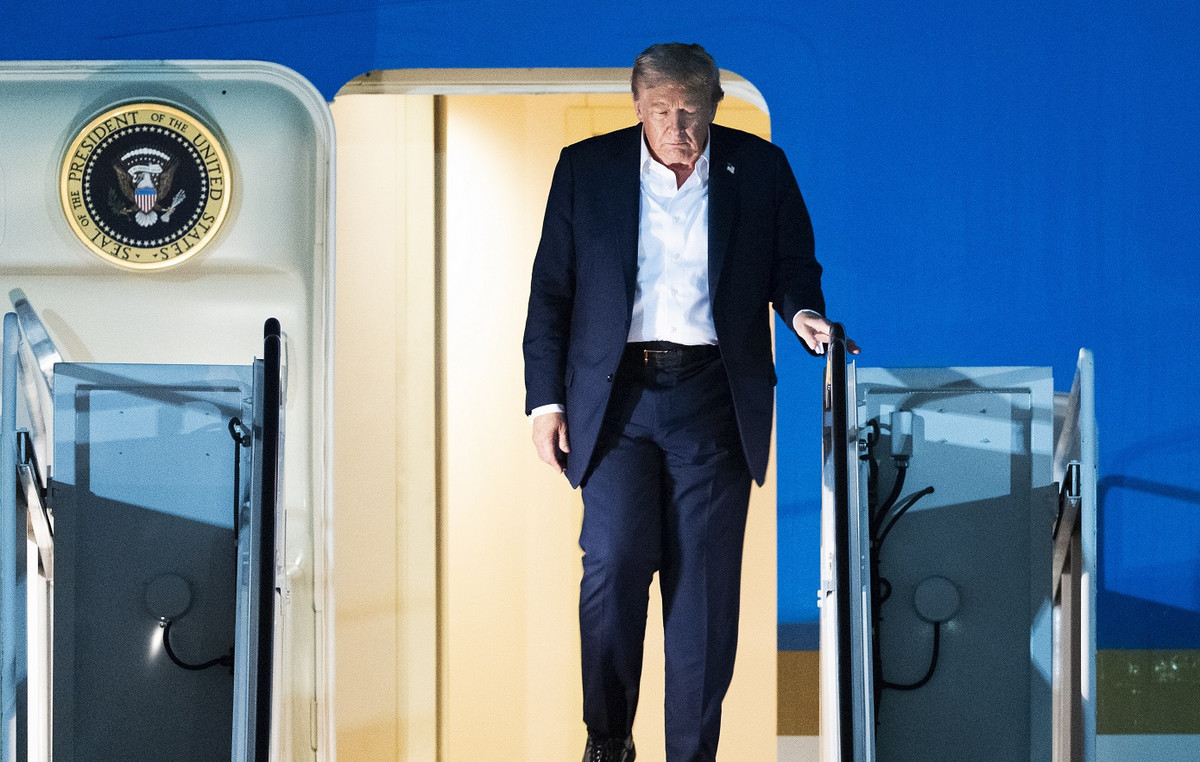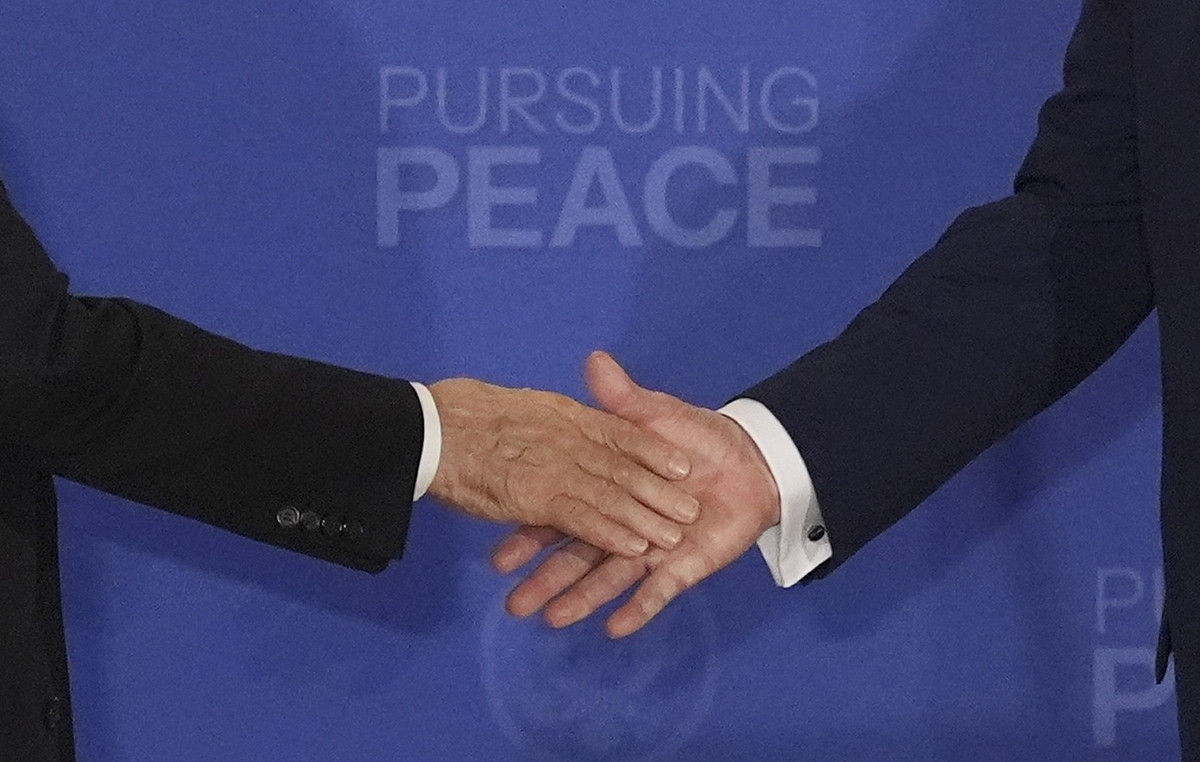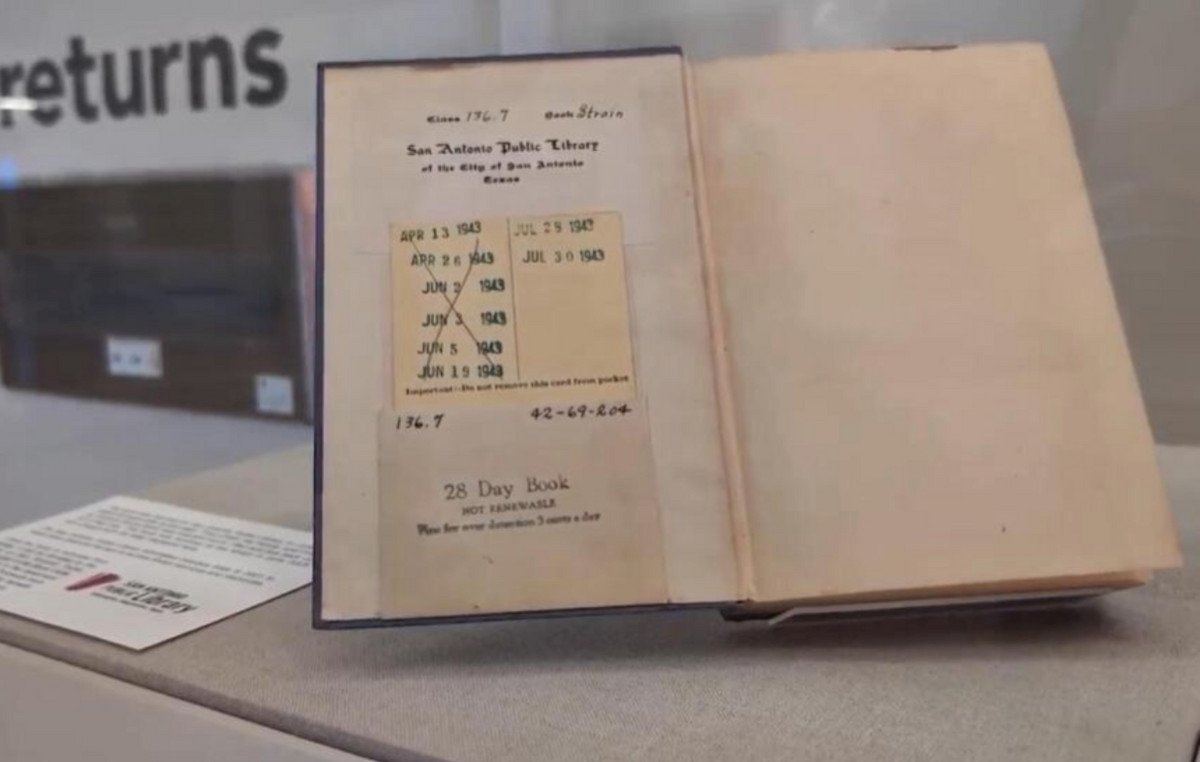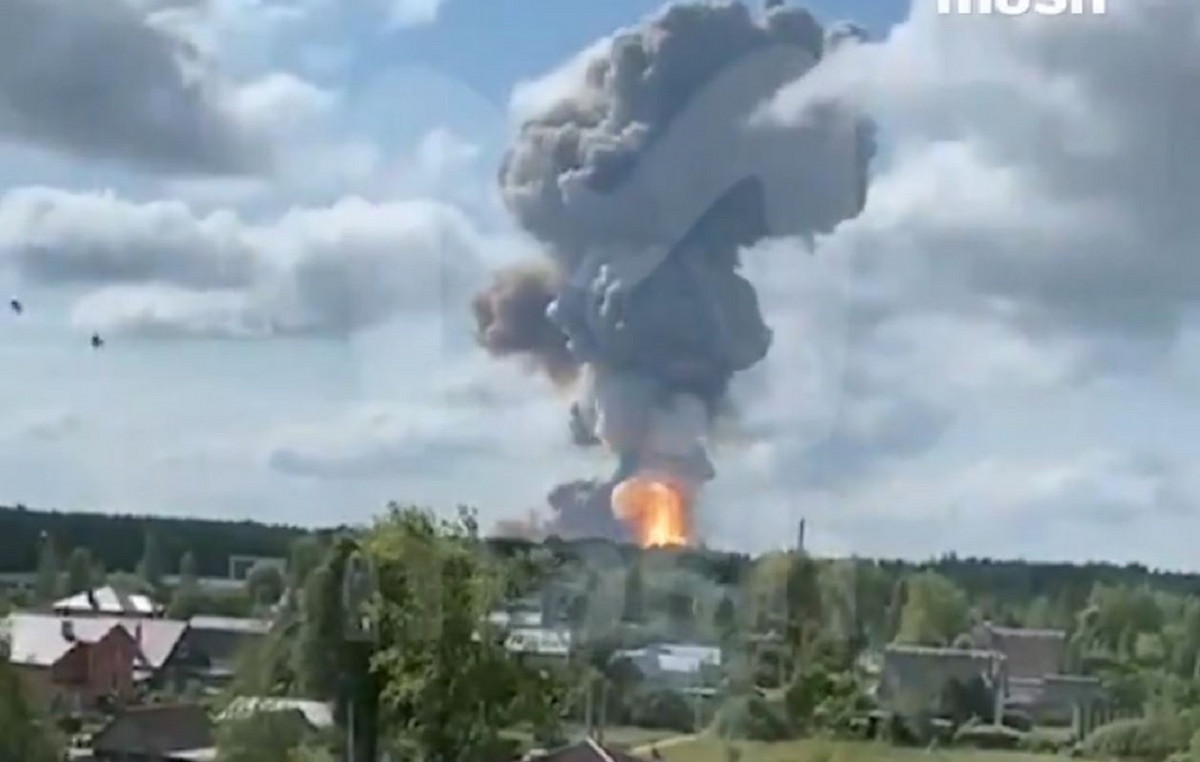Prince William's decision to withdraw from an important family gathering on Tuesday (26), and the lack of an explanation for it, has plunged the British royal family into a wave of gossip, speculation and wild conspiracy theories.
Some of this is par for the course for a family that is never far from the headlines in the modern media age. But the discourse reached a frenzied level this week, particularly in the rampant dominance of social media.
A royal source has refused to say exactly what prevented the heir to the royal throne from attending the funeral of his godfather, King Constantine of Greece. The information is that William would have a personal matter to deal with.
Given this lack of clarity, his absence was immediately linked to that of his wife, Kate, who is still at home recovering from surgery. Many saw the prince's recent return to royal duties as a sign that the situation was improving rapidly.
It's worth noting that the royal source told CNN that Kate “continues to recover well.” And although the palace made it clear from the start that the Princess of Wales's recovery would take her away from public duties for several months after her abdominal operation, people are still trying to fill in the gaps.
Kensington Palace took an unusual step amid speculation about Kate's whereabouts and health, with a spokesperson saying on Thursday that the palace “made clear in January the timelines for the Princess' recovery and that only significant updates would be provided.
Missing events does not typically lead to this type of speculation. If we go back two years, there simply wouldn't have been the same level of speculation online as there has been in recent days.
But many are worried about the royal's seemingly endless series of recent headaches and health problems. The death of Queen Elizabeth II, and the fact that both King Charles III and Kate – Princess of Wales – fell ill shortly afterwards, plus the fact that the public had not seen Kate since Christmas Day, contributed to the speculation.
The series of devastating blows was further compounded by the sudden death of Thomas Kingston, husband of the king's cousin Lady Gabriella, at the age of 45. It is understood that William's absence was not linked to the news of Kingston's death, which was revealed publicly on the same day as Constantine's funeral.
Although the Prince of Wales was not present at Tuesday's memorial service, his schedule was not freed up for public events and he returned to action on Thursday.
The palace has tried to disclose as much information as possible without compromising medical privacy. This is the challenge of a former monarchy operating in a transformed landscape, where people expect information immediately. The public is not always insensitive, but people care and want to know why someone they were used to seeing has disappeared from public view.
As a society, we are used to having information at our fingertips and there is an instinctive desire to fill that gap. An example of this is well represented in Netflix’s “The Crown”.
The series was initially based on historical records, but as the seasons moved closer to the present day, the writers and producers were forced to dramatize moments for narrative purposes.
The reality is that no one, other than those directly involved, knows exactly why William withdrew from this family event or how Kate feels on a day-to-day basis.
Recent events have highlighted that although the Welsh are public servants, they are also people vulnerable to the same struggles we all face.
Source: CNN Brasil
Bruce Belcher is a seasoned author with over 5 years of experience in world news. He writes for online news websites and provides in-depth analysis on the world stock market. Bruce is known for his insightful perspectives and commitment to keeping the public informed.







